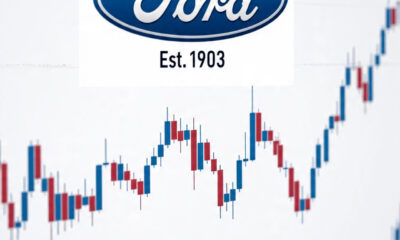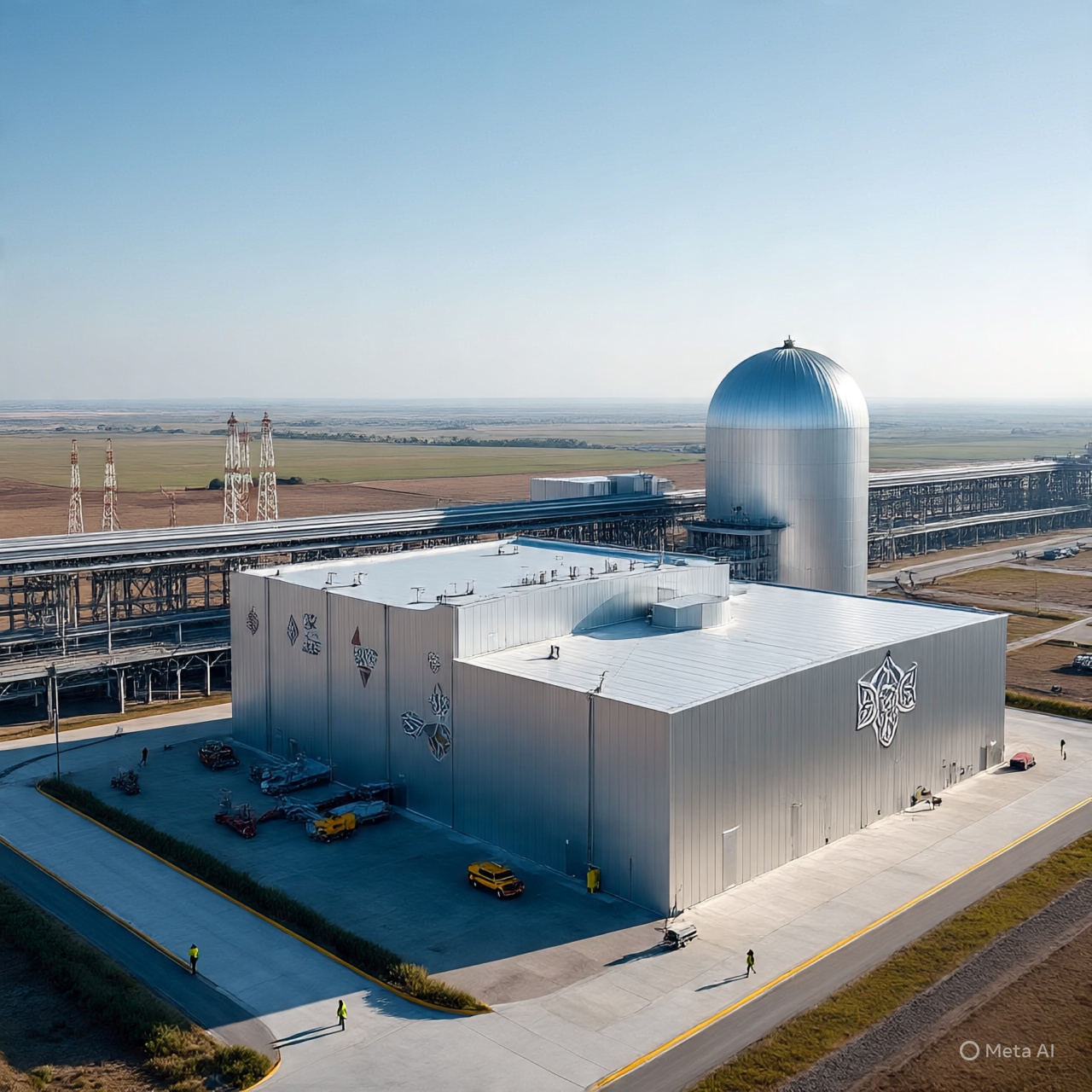Inside Tesla’s $1 Trillion Bonus Structure
The new compensation plan is divided into 12 performance-based tranches, each tied to extreme milestones combining financial, operational, and strategic goals. The most ambitious requirement is for Tesla’s market cap to hit US$8.5 trillion—a valuation that would surpass Apple, Microsoft, and Saudi Aramco combined at current levels.
To unlock each tranche, Tesla must hit specific targets, including:
Vehicle delivery growth milestones
Profitability benchmarks (EBITDA-based)
Expansion into AI-driven businesses, such as a robotaxi network
Commercialization of the Optimus humanoid robot
If Tesla meets all milestones, Musk could receive up to 12% of Tesla’s outstanding stock, making this one of the boldest pay packages ever in corporate America.
How Many Cars Equals $1 Trillion?
Let’s simplify this mind-boggling figure. At Tesla’s current share price (~US$350), the $1 trillion award equals about 423 million shares, representing roughly 12% of the company’s equity.
Now, if we convert this into Tesla vehicle sales, assuming an average selling price of US$45,000 per car, Musk’s bonus would equate to about:
$1,000,000,000,000 ÷ $45,000 = ~22 million cars
That’s over 12 years’ worth of Tesla’s current annual production, considering the company delivered 1.77 million vehicles in 2024. For context, Toyota—the world’s largest automaker—sells around 11 million cars annually.
Clearly, this bonus isn’t about selling more cars; it’s about Tesla reinventing itself as an AI, robotics, and energy leader.
Why This Bonus Is So Controversial
The trillion-dollar pay package has sparked intense debate among investors for several reasons:
1. Dilution Risk
If Musk secures the full payout, Tesla shareholders face a significant 12% dilution unless the company’s market cap skyrockets in parallel.
2. Governance Concerns
Tesla’s board has long faced criticism for being overly loyal to Musk. A package of this size raises questions about whether shareholder interests are being protected.
3. Execution Risk
The milestones aren’t easy. Scaling robotaxi networks, commercializing humanoid robots, and hitting an $8.5 trillion market cap require not just innovation but also global regulatory approval and massive infrastructure expansion.
The Bigger Picture: Tesla Beyond Cars
This bonus signals Tesla’s intention to move beyond auto manufacturing. Future growth is expected to come from:
AI-powered services (Autonomous driving, FSD subscriptions)
Robotaxi fleets (Software-like recurring revenue)
Humanoid robots (Optimus) for industrial and household use
Energy solutions (Grid storage, solar, EV charging infrastructure)
If these bets succeed, Tesla could dominate multiple trillion-dollar industries, making this pay package look visionary rather than excessive.
Bottom Line
The Tesla $1 trillion bonus isn’t just about Musk getting richer—it’s about Tesla’s transformation into an AI-driven, robotics-first tech giant. Investors need to decide: Is this a bold, visionary bet or an over-the-top gamble?
If Tesla achieves even half these targets, shareholders could see unprecedented gains. But if the plan fails, this package could go down as one of the most controversial CEO compensation deals in history.
Bottom Line
Disclaimer: This article is for informational purposes only and should not be considered financial advice. Investing in stocks involves risk, including the potential loss of principal. Always conduct your own research or consult a licensed financial advisor before making investment decisions.


 Dividend Stocks2 months ago
Dividend Stocks2 months ago
 Trending news2 months ago
Trending news2 months ago
 ASX Stocks2 months ago
ASX Stocks2 months ago
 ASX Stocks2 months ago
ASX Stocks2 months ago
 Trending news2 months ago
Trending news2 months ago
 ASX Stocks2 months ago
ASX Stocks2 months ago
 Dividend Stocks2 months ago
Dividend Stocks2 months ago
 Trending news2 months ago
Trending news2 months ago




